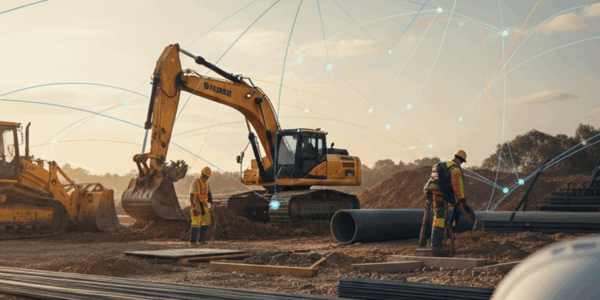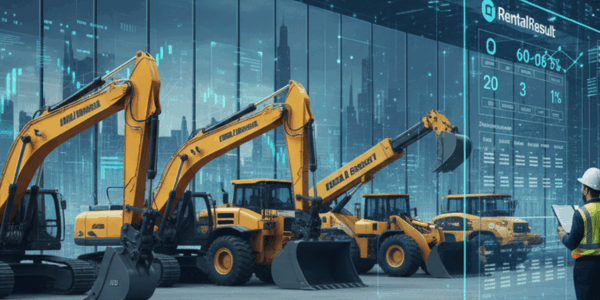
Have you got total visibility of your equipment at the job site? Managing equipment across all the job sites in your business can be an extremely time-consuming task. Multiple requests from many directions and many people conflict with the need to supply equipment quickly, efficiently and economically to meet specific needs and occasional emergencies. Alongside all of this is the need to manage the risks associated with heavy and complex equipment and the wide variety of tools used on-site. Below are three areas where a strong equipment management software can help you control your risk.
1. Risk Management: Operators & Competency
Every piece of equipment you own or rent creates a degree of risk at a job site level. A robust equipment management software and requisition process allow you to capture who will be responsible for a piece of equipment on site and check their competencies or qualifications against the requirements of the equipment.
If you are supplying or renting-in very specialist equipment such as cranes and providing specialist operators you can also manage timesheet entry processes and create charges from time cards or time sheets. Job sites can enter electronic timesheets through a portal to confirm work has been completed on site.
2. Risk Management: Maintenance & Equipment Tracking
Every piece of equipment you own, whether it’s a piece of heavy equipment or a small tool, has its own maintenance requirements. At a job site level, you can see what you currently have on-site, when it was last inspected and when it’s due for further inspection. You can track those maintenance events through your software whether you repair in-house, or use a third party to manage your maintenance schedules.
Use your equipment management software to track every piece of equipment you mobilize to or from a job site. Every movement creates history and you have total visibility of every event to provide clear information to everyone from job site superintendents to OSHA / HSE inspectors.
3. Risk Management: Integration to your ERP
If your equipment management software isn’t properly integrated with your corporate ERP you open up another potential area of risk. Entering data into two systems creates extra work and is likely to get out of sync and show up in only one system or another. Your equipment software needs to be integrated with your ERP to allow data to move between the two systems quickly and easily in real-time saving you time and money as well as controlling the risk of inaccurate data.
Managing the risk associated with your equipment at the job site is addressed by deploying a robust job site equipment management software. For more ideas check out our free e-book on best practices for improving the management of job site equipment developed from collecting the best practices for our larger construction companies.
Follow up on our LinkedIn page.




